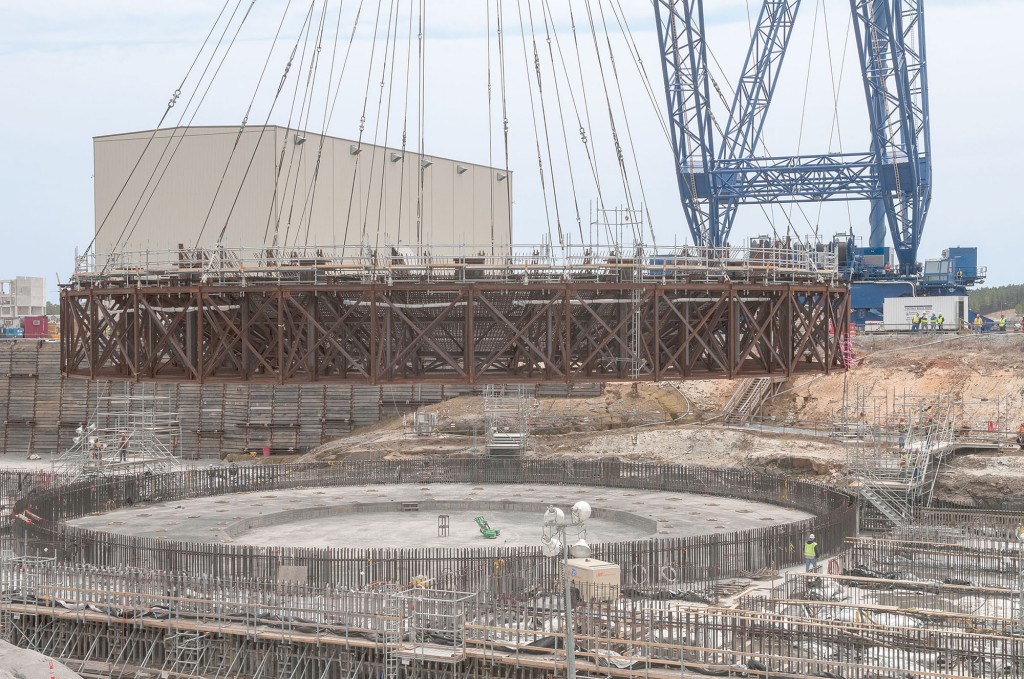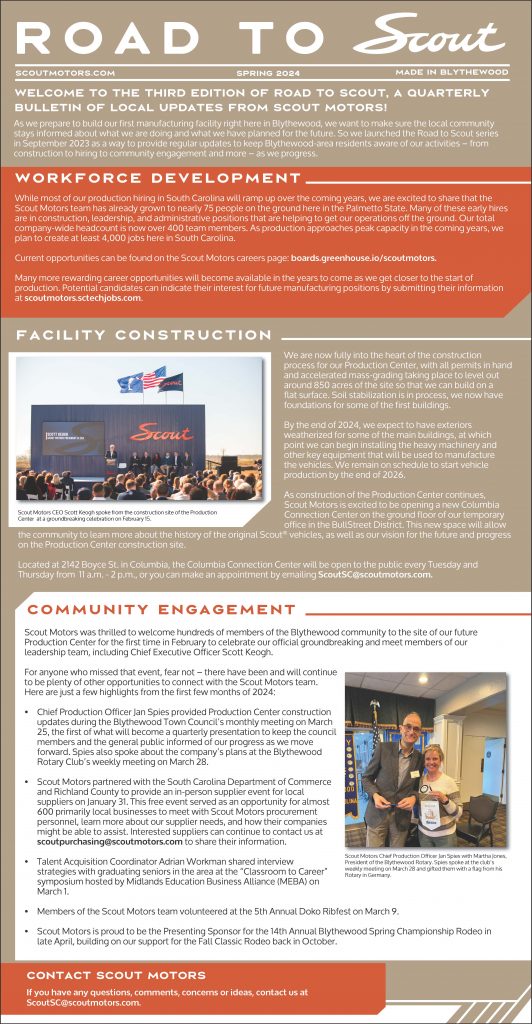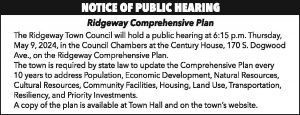
Workers at the V.C. Summer Nuclear Station in Jenkinsville, 25 miles east-northeast of Blythewood, lower a component of the recently poured nuclear island into place at the Unit 2 construction site. Representative from the Nuclear Regulatory Commission were in Jenkinsville last week to update the community on safety concerns and inspection findings.
JENKINSVILLE – The concrete is poured and construction on the Unit 2 reactor at the V.C. Summer Nuclear Station moves forward, but next week representative from S.C. Electric and Gas (SCE&G) will have to confer with the Nuclear Regulatory Commission (NRC) in Atlanta to answer questions and offer their perspective about a preliminary finding related to last year’s rebar issue.
That issue – with rebar construction on the nuclear island that will house the reactor deviating from the original design – was discovered last December and required a licensing amendment request from SCE&G that eventually got the green light from the NRC this year. The concrete pour officially got under way March 11, but now the NRC wants to hear from SCE&G about related safety conditions and the first finding to rise above the “Green” level of insignificant to “White,” or low to moderate safety significance.
The NRC completed an inspection of the site on Feb. 12, after the rebar issue had been detected. According to the NRC’s report (available online at http://pbadupws.nrc.gov/docs/ML1308/ML13085A058.pdf): “This finding did not present an immediate safety concern because the project is still in construction. Nonetheless, this nonconformance would likely have led to a latent construction defect that could have had safety consequences after transitioning to operation of the facility . . .”
Roger Hannah, with the NRC’s Region II office in Atlanta, said his office wants to ensure the project is moving forward appropriately. A re-pour of the basemat, he said, would likely not be necessary.
“The way it’s installed now is OK,” Hannah said. “We want to understand how they got there. Either they made structural changes or they met another part of the code, or some combination of both.”
The basis for the “White” level findings, according to the report, were that “without adequate spacing and anchorage of the headed reinforcement (in the rebar), the structural components that rely upon this system may be subject to brittle failure at a demand less than that required by the design basis loads.” The NRC said that information provided to them by SCE&G in December “appears to be insufficient for predicting behavior of the system, and as a result, may yield non-conservative results.”
In other words, the rebar supporting the nuclear island, as well as storage tank walls and walls on two auxiliary buildings, may not have been able to stand up to an earthquake or other terrain shifting.
Rhonda O’Banion, a spokesperson for SCE&G, said the issues were resolved prior to the March 11 pour, and her company will present that to the NRC Tuesday.
“This finding is a technical, design and licensing issue,” O’Banion said. “SCE&G continues to work with Westinghouse to take appropriate actions to ensure conformance with applicable license, design and regulatory requirements. We expect that there will be issues, whether self-identified or identified by the regulator, which will need to be addressed over the course of the project. This is a normal part of the nuclear construction process, and it is in keeping with our meticulous oversight as well as the rigorous oversight by the NRC.”
O’Banion said the project was still on schedule for Unit 2 to go online in 2017, followed by Unit 3 in 2018.










